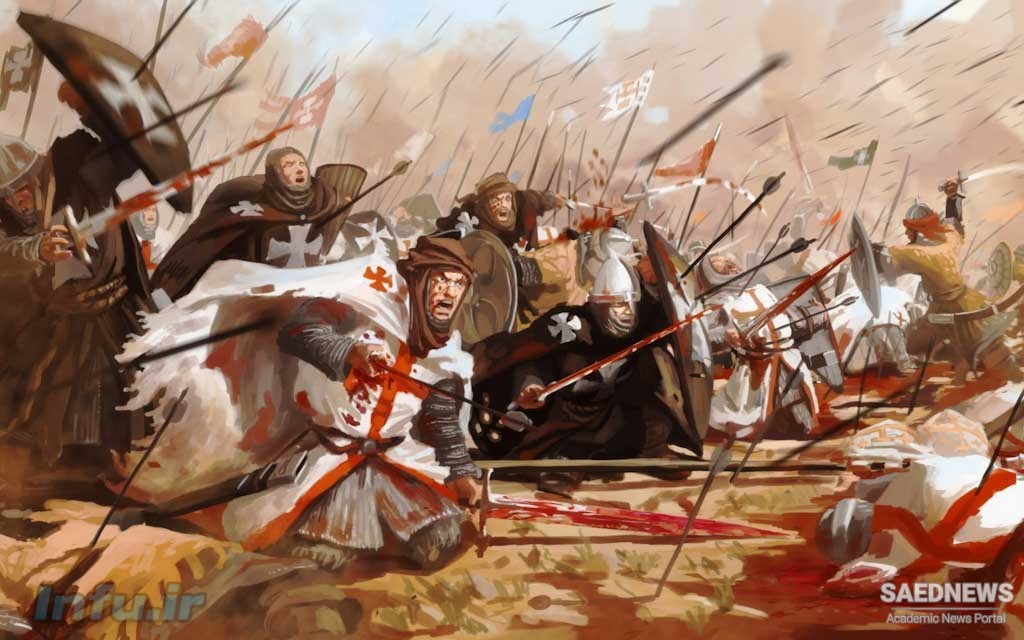Tahmasp's death triggered off a series of dramatic events. Before proceeding to deal with these, however, we must dwell at least briefly on an assessment of his character and his fifty-two-year reign. In general the verdict of historians has tended to be adverse. They criticise his miserliness, his greed and his cowardice. They are also offended by the bigotry which he demonstrated at an early age, apparently following the failure of a poisoning attempt, and which not only affected his personal conduct and his immediate retinue but was also responsible for a series of narrow-minded ordinances imposed on the population as a whole. The notion that he refused to conclude any treaties with the Christian powers of Western Europe on religious grounds can no longer be sustained. But his bigotry is discernible in his stubborn attempts to convert the Great Mughal Humayun to the Shia faith when the latter sought asylum at his court in 1541. A particularly repugnant act of treachery may be seen in his treatment of the Ottoman Prince Bayezid, who sought refuge in Persia in 1559 after rebelling against his father. The shah could have been in no doubt as to the impending fate of the prince and his four sons when he handed them over to an Ottoman delegation after negotiations lasting two years. Even if political considerations were involved — Siileyman had threatened military reprisals, in other words, the termination of the Peace of Amasya - it is to Tahmasp's discredit that he accepted payment for his collaboration in gold coin and territorial concessions. Such misdeeds, errors and weaknesses throw a murky light on Tahmasp as a person and as a ruler. Yet a just appraisal of the shah cannot be reached on the basis of this evidence alone: we must also consider other factors together with his political achievements and behaviour. We should not forget that the first decade of Tahmasp's life - the whole period prior to his accession - coincided with that phase in the career of his father Isma'Il I during which the latter, clearly disillusioned and discouraged by his defeat at Chaldiran, could not bring himself to take any notable political or military initiative and therefore failed to inspire his son with any noble aspirations. On the other hand, we should not underestimate Tahmasp's achievement in personally taking over the reins of power within a space often years, after the land had been at the mercy of plotting tribal chieftains. If in the first decade of his reign he was a puppet in the hands of Turkmen amirs, he certainly cannot be accused of weakness during the next forty years.


 The Rise of Samanids in Medieval Persia
The Rise of Samanids in Medieval Persia














































